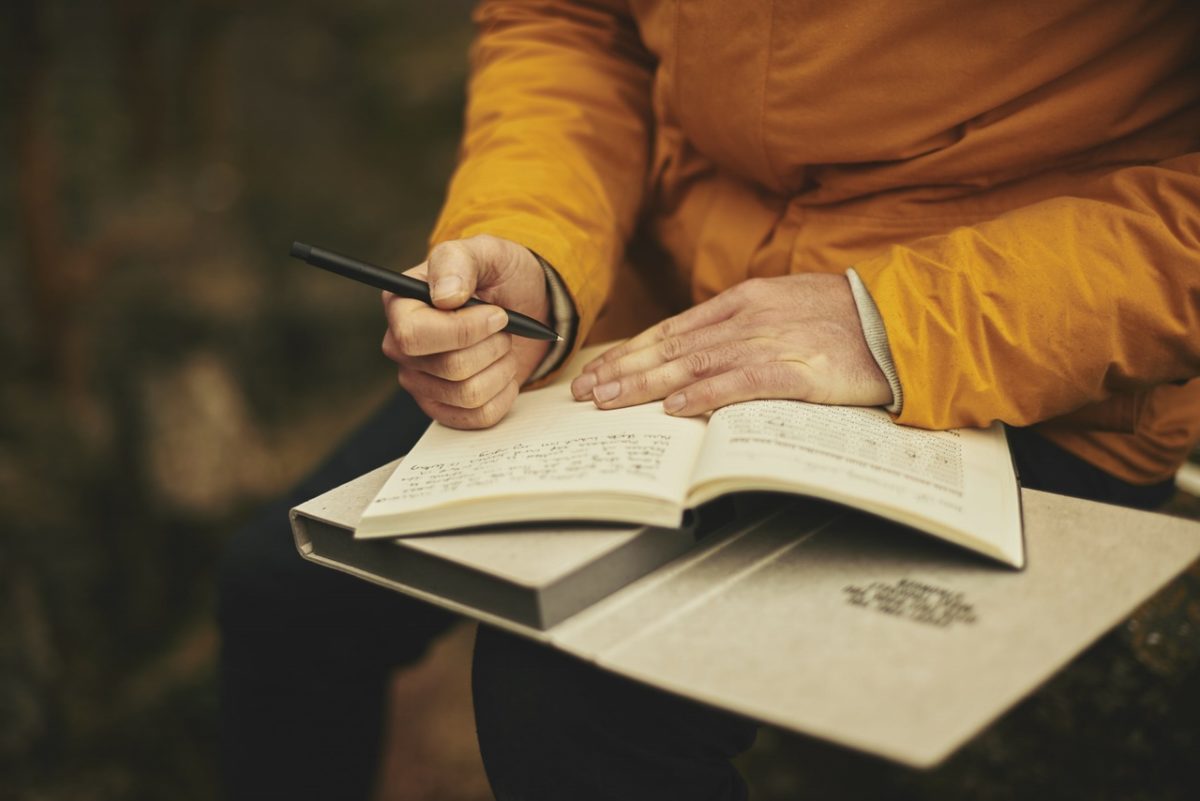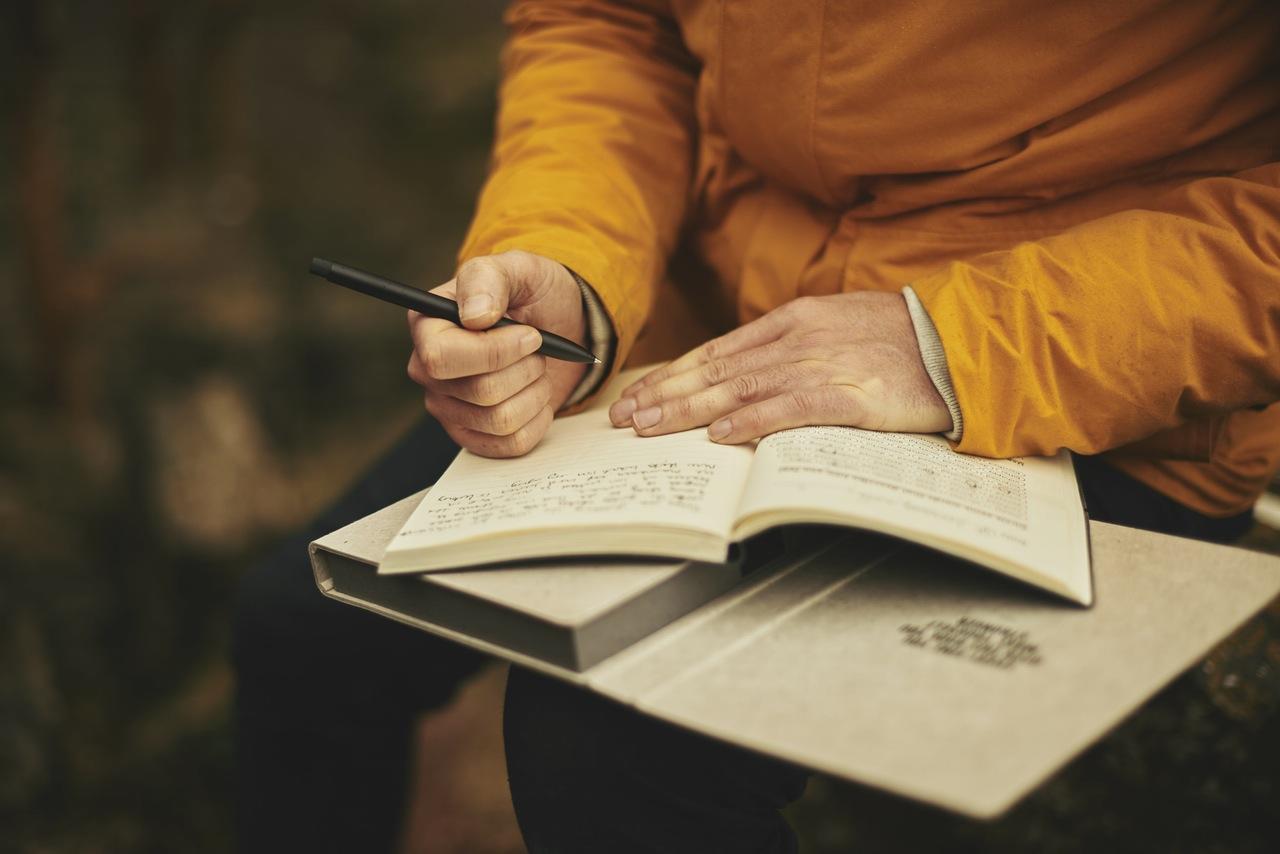
Getting poetic for National Poetry Day
Today, 6 October 2016, marks National Poetry Day – a mass celebration of poetry and all things poetical. The day is an initiative of the charity Forward Arts Foundation celebrating excellence in poetry and encouraging the reading, writing and listening of poetry. National Poetry Day was founded in 1994 by British entrepreneur and publisher William Sieghart.
Read our guide below on getting into poetry and turning your favourite haikus, limericks or sonnets into something beautiful for your walls.
The poetry masters
If you’re new to world of poetry, a great way to get ‘caught up’ is by reading work from some of the greats in this field. Although opinions vary depending on taste, this list highlights some of the most well-known and loved pieces of poetry:
- Phenomenal Woman by Maya Angelou
- We’ll Go No More A-Roving by Lord Byron
- If by Rudyard Kipling
- The Song of Mr Toad by Kenneth Grahame
- The Owl and the Pussycat by Edward Lear
- Daffodils by William Wordsworth
- I Hear America Singing by Walt Whitman
- A Dream Within a Dream by Edgar Allan Poe
A good resource for finding new British poets is Modern Poetry, which is sure to keep you on the pulse of the poetic movement.
Types of poetry
Although poetry is an art form that strays away from rules and restrictions - as shown with free verse poetry - there is a series of set styles that most work will fall into. To keep you aware of them all, here’s a rundown:
Sonnet: a short, rhyming poem with 14 lines. Invented in the 13-14th century by Dante and Italian philosopher Francisco Petrarch, the style was relatively unknown until it was made famous by writers such as Shakespeare.
Haiku: Of ancient Asian origin, the Haiku is renowned for its diminutive size as well as the precise punctuation and syllable needed to form its three lines. The first line usually has five syllables, the second has seven and third has five again.
Limerick: This poem, made up of five lines, is witty and has a distinctive rhythm. It follows the A-A-B-B-A formula meaning that the first, second and fifth lines - the longer lines – rhyme, and the third and fourth shorter lines rhyme.
Couplet: A couplet can form a unit alone or become part of a longer poem - it is two lines of verse that rhyme.
Narrative: Tells the story of an event in the form of a poem.
Epic: The lengthy version of a narrative poem celebrating the adventures and accomplishments of a legendary or conventional hero.
Pride of place
If you have a poem that’s dear to your heart, or maybe even something that you’ve written yourself, why not turn it into a canvas print for your home. That way you can have a constant reminder of the poem as well as showing off to friends and family.
This type of home art is perfect for a study, living room or even to make the downstairs toilet a little more up market! For other types of distinctive wall art, check out our post on combining photography and illustration as well as the beauty of maps.
Next year’s event is on 28 September 2017.









